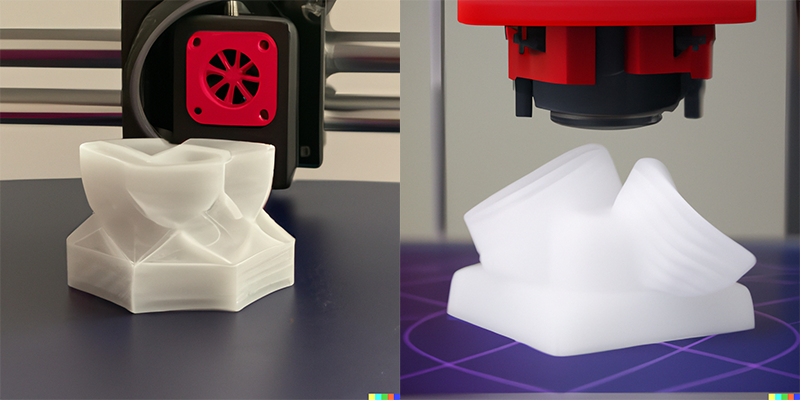Most filaments are naturally hygroscopic, which means they will naturally draw moisture from their environment. When your filament starts gathering moisture, the surface texture of your product may come out poor. So, make sure you study how hygroscopic your filament is and try to keep them dry with suitable instruments.
Layer height is the height of each layer of filament that your 3D printer will be printing. The standard height for most software is around 0.2 mm. Know that if your layer height is low, you will get a high-quality print, but it will take a lot of time. However, if you go for a high layer height (say 0.28 mm), you will get your model done fast, but the quality will not be that great. So, stick to an average layer height that will give you a good product.
Your 3D printer is your paintbrush, and the machine bed is your canvas. You can switch your bed surface depending on the result you want. There are different types of bed surfaces available. Our advice is you try different bed surfaces to see which one suits your need the best. You can also ask your seniors about the bed surface they prefer the most.
This one is a no-brainer, yet it has happened to many of us. If your machine’s bed is not leveled, it is understandable that your printed product may not come out as you had hoped it to. After all, the bed provides the foundation for the first layer and, eventually, for your entire product. Therefore, before you start the process, always ensure that the machine is leveled automatically or manually.
Once your print is done, always make sure to follow post-process protocols. These are like the last touches to perfect your model. Here are the things you can do:
- Clean up the imperfections (blobs, stinging, zits)
- Sand up the print (start with a low grit, then move to a high grit if needed)
- Prime the model with primer spray or use paint brushes to add finer details.


Recent Comments